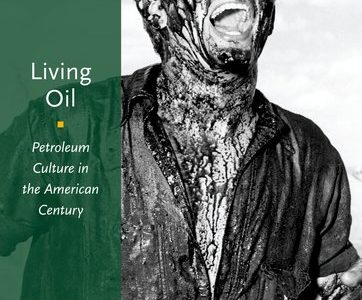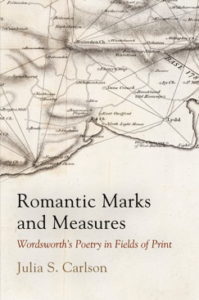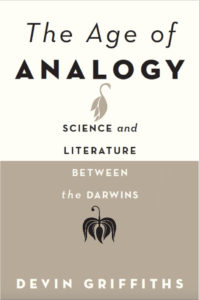Please join me in donating to the Dickens Project this week (Oct. 24-28) and supporting their ongoing collaboration with high school education (http://c-fund.us/nb3). I’ve been part of the Dickens Universe for fifteen years now, since I joined as a Rutgers graduate student in the summer of 2004. The first two years of grad school were really hard, and I jumped at the chance to spend a whole week discussing A Tale of Two Cities with other students, Dickens fans, and faculty. I loved the book, but I really, really loved the people and the environment: it was the first time I felt at home as an academic. As time went on, I graduated from joining as a grad student, to attending as a faculty member with my own grads, and the project has become increasingly important to my work and life.
But the most rewarding part has been the chance to collaborate in the Project’s partnership with USC’s Neighborhood Academic Initiative (NAI), and its profound and inspiring collaboration with Jacqueline Barrios and her high school students. Jacqueline’s senior English class at Foshay Learning Center, a Title I high school in South Central LA, spends all year collaborating with the Dickens Project. Beginning in the fall each year, I and my graduate students, along with other Dickens Project alumni, get to join Jacqueline’s team as they begin read through the Project novel for the coming summer, kicking it off with a marathon reading. Through a series of follow-up workshops, we work on close reading the novel, studying how Dickens’s art translates for a modern audience, communicating lasting insights into self-transformation, class conflict, urban experience, and the legacy of historical trauma. But we also take time to savor the humor of his novels, from the exuberant vitality of his minor characters, to the sharp irony of his various narrative guises. Over the course of the fall, Jacqueline and her partners also work to translate the novel into a full-length stage drama, really, a two-day multimedia installation, including workshops, musical and dance performances, and elaborate stagings of the novel. (If you can get to LA, performances of Copperfield will be staged on Jan. 31 & Feb. 1 of next year.) Every year, these students produce an entirely new experience of Dickens’s art, sharing insights into his fiction, and unfolding for me the profound reach of his imagination, and its continuing hold on the present. And they excel; each year Foshay sends more students to USC (and on a full scholarship) than any other high school, public or private, in the country. While many go on to study fields like engineering, science, and medicine, they also often stay involved with the Dickens Project collaboration, from volunteering to help out with the annual performance, to attending the summer conference.
For me, this collaboration defines the marvelous reach of what the Dickens Project does to help bring together scholars and readers of all ages and all groups. It is really the beating heart of Victorian studies on the west coast, but more than that, it shows how literature and the humanities continue to shape people’s lives (including my own) in lasting ways. So far, with only a couple days left, we’ve raised almost $5,000. Please join me in helping to keep this important work going.
Yours,
Devin
To join me in participating in supporting the collaboration with Jacqueline and her students, visit the following link: http://c-fund.us/nb3
For more on Jacqueline’s Dickens “Lit Labs,” including last year’s work on Barnaby Rudge, visit: https://litlab.ucsc.edu/about/
https://litlab.sites.ucsc.edu/…/73835ba9-80b9-423c-b316-45f…
About – Lit Lab
Barnaby Lab is a year-long study of the novel Barnaby Rudge, by Charles Dickens.The project is directed by Jacqueline Jean Barrios—a public school teacher and graduate student of literature and urbanism at UCLA—and supported by seniors of the USC NAI program who are enrolled in Ms. Barrios’s AP Literature class….
litlab.ucsc.edu
And for more on NAI, from a column by Frank Bruni, see https://www.nytimes.com/…/usc-neighborhood-academic-initiat…
https://static01.nyt.com/…/26…/26bruniWeb1-facebookJumbo.jpg
Opinion | Lifting Kids to College – The New York Times
www.nytimes.com






